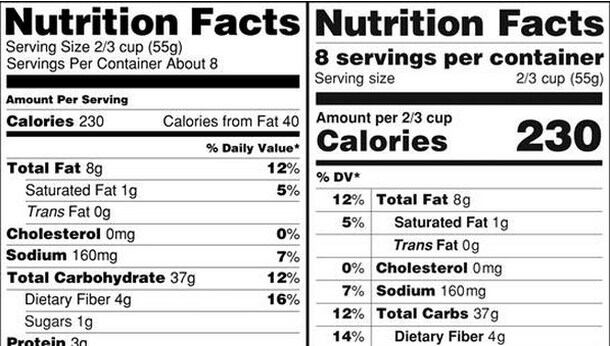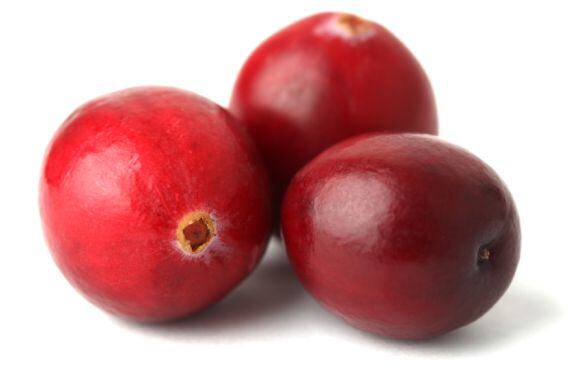Among other things [click HERE to read the proposals in full], the FDA proposes including a listing for 'added sugar', making calories more prominent, removing 'calories from fat' and adding levels of vitamin D and potassium.
However, writing in The New England Journal of Medicine (click HERE), Dr Kessler - a professor of pediatrics, epidemiology and biostatistics at the University of California, San Francisco - says he would like to see something far more radical on the front of pack.
“What the proposals don't do is consider a product's overall nutritional value. There is nothing in the new framework that actively encourages consumers to purchase food rich in the fruits, vegetables, and whole grains that are rightfully considered ‘real food’.
“Instead, the focus is on specific nutrients — an emphasis that gives food companies an incentive to fortify their products so they can make claims such as ‘added fiber’ or to produce sugar-laden foods that can be labeled ‘low fat’.”
The FDA needs a larger strategy to influence the food environment
Beyond refreshing the Nutrition Facts label, he argues, the FDA should look again at front-of-pack labeling: “I believe that the FDA needs a larger strategy to influence the food environment and to support the admonishment based on the Dietary Guidelines to make half your plate fruits and vegetables.”
While it has traditionally been the case that “regulated labeling [is] confined to the side or back of a package”, he says, “There is no reason that acceptance should stand.
“Indeed, the Institute of Medicine and the FDA have worked together in the past to develop some tough front-of-package proposals, but these efforts stalled after a self-protective industry offered a paler voluntary labeling strategy known as Facts Up Front.”
The goal should be to encourage the sale and consumption of products full of fruits, vegetables, and whole grains
A “stronger approach”, claims Dr Kessler, would require that the top three ingredients, the calorie count, and the number of additional ingredients be listed on the front of every package in bold, easy-to-read type.
“To the harried shopper hoping to make some healthy choices, it would offer a quick way of identifying high-calorie, obesity-inducing food and of finding healthier alternatives. Because the number of ingredients in a product often reflects the substitution of chemical additives for the flavor of real food, labels reading “+5 more ingredients” or “+20 more ingredients” would be informative shorthand.”
Whatever form the new regulations ultimately take, says Kessler: “Their goal should be to encourage the sale and consumption of products full of fruits, vegetables, and whole grains, rather than those loaded with little more than fat, sugar, and salt.”
An undifferentiated list of nutrients…
Some other groups commenting on the FDA’s proposed changes in the docket (click HERE to read all the comments) also express concerns that the FDA’s proposed label doesn’t attempt to communicate the healthfulness or otherwise of a product, although other commentators stress that this is not its primary purpose.

For example, the Behavioral Science and Regulation Group (a collection of students and fellows at Harvard’s Law, Kennedy, and Business Schools), says: “Below the serving size and calorie information, the proposed label includes an undifferentiated list of nutrients… without providing any indication to consumers of the healthfulness of the nutrient.
“Many consumers may not know without further education whether, for example, insoluble fiber is healthful,” says the group.
Ocean Spray: Listing ‘added sugar’ on Nutrition Facts label will make cranberries look unhealthy
However, the proposal to include a line listing 'added sugar' on the label generates the most debate.
Most commentators welcome the move - including Dr Kessler, who says the FDA should go further and included a daily value for added sugar - but others are not so happy.
Cranberry giant Ocean Spray, for example, says it is “deeply concerned” that listing added sugar would unfairly discriminate against cranberry products - which are nutrient dense, but tart, and typically require some added sugar to improve palatability.

In a comment in the docket (click HERE) on the proposed changes, the firm says: “Under the FDA proposal, cranberry products would be considered ‘unhealthy’ based solely on their added sugar content, ignoring the fruit’s dense nutrients, well-documented health benefits and contribution to fruit intake in the diet.
“Requiring added sugar labeling may mislead consumers to believe that nutrient dense foods such as cranberries with all of their proven health benefits are somehow less nutritious than foods with the same amount of naturally occurring sugar.”
Click HERE to read the FDA proposals.
Click HERE to read about Facts up Front.
